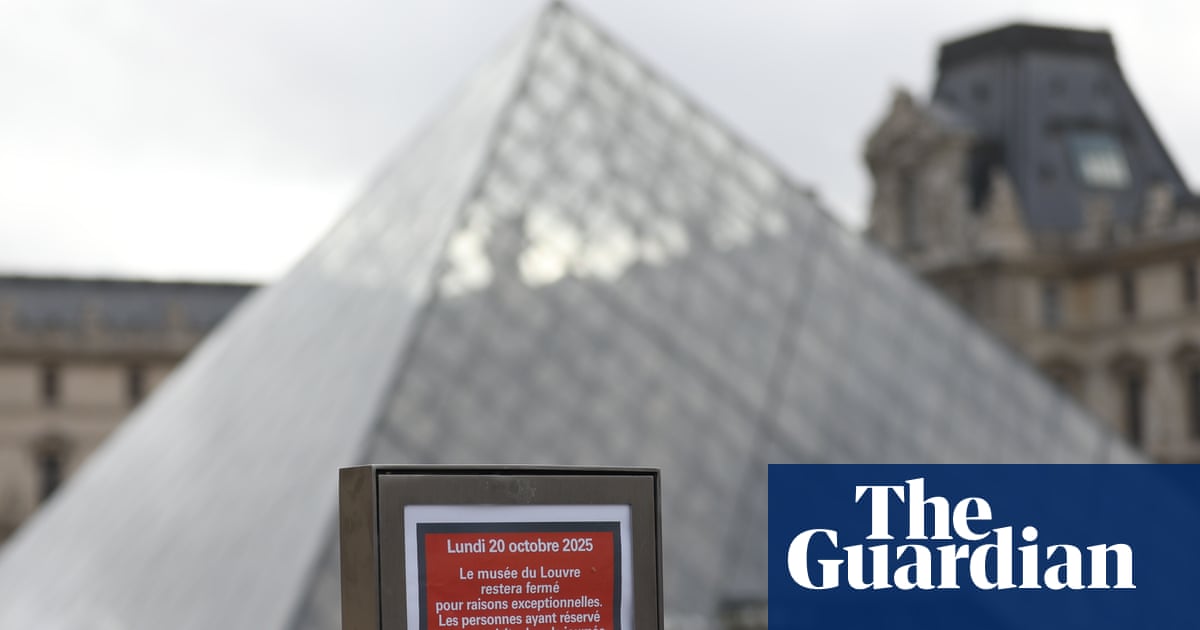An electronic eye implant half the thickness of a human hair has helped people with incurable sight loss to see again, opening up a potential “new era” in tackling blindness.
Doctors who implanted the sim card-shaped prosthetic device say it has helped many of the 38 elderly patients in the trial regain their ability to read letters, numbers and words.
“In the history of artificial vision this represents a new era, said Mahi Muqit, senior consultant at Moorfields eye hospital in London, one of the 17 sites involved.
“Blind patients are actually able to have meaningful central vision restoration, which has never been done before. Getting back the ability to read is a major improvement in their quality of life, lifts their mood and helps to restore their confidence and independence.”
The trial found that 84% of participants were once again able to read letters, numbers and words after being fitted with the implant, called the Prima device.
Eye specialists hailed the results as “remarkable” and said they could help those with the “dry” form of age-related macular degeneration (AMD), the leading cause of sight loss in the over-50s.
Moorfields said: “The revolutionary new implant is the first ever device to enable people to read letters, numbers and words through an eye that had lost its sight.”
The 38 patients all had geographic atrophy with dry AMD, which over time progressively deprives someone of their sight and for which there is no treatment. Most people with the condition lose some of their central vision and in some cases it progresses to full sight loss as the cells in the macula die and the central macula melts away.
All had lost their central vision, and had only limited peripheral vision, before they had the device implanted in an operation lasting less then two hours. Five were treated at Moorfields and the others at hospitals in Germany, France, Italy and the Netherlands.
“Before receiving the implant it was like having two black discs in my eyes, with the outside distorted,” said Sheila Wilson from Wiltshire, one of those who had the chip implanted at Moorfields.
“I was an avid bookworm and I wanted that back. There was no pain during the operation but you’re still aware of what’s happening. It’s made a big difference.
“It’s a new way of looking through your eyes and it was dead exciting when I began seeing a letter. It’s not simple, learning to read again, but the more hours I put in, the more I pick up.”
The Prima device, a super-thin microchip which is just 2mm by 2mm in size, is inserted under the centre of the eye’s retina during a procedure known as a vitrectomy.
To help them to see and write, patients were given augmented reality glasses, which contained a video camera connected to a small computer, which they attached to their waistband. It included a zoom feature to make text bigger and easier to read.
Patients use the glasses to focus and scan the object in the projected image that they want to read. The glasses project the scenes as an infra-red beam across the chip, which activates the device. Artificial intelligence in the waistband computer processes the information and converts it into an electrical signal, which passes through the cells in the retina and optical nerve into the brain.
Patients have to undergo training and intensive rehabilitation of their eye in order to realise the benefits of the technology, Muqit stressed.
“It’s not like you’re popping a chip in the eye and then you can see again. You need to learn to use this type of vision,” he added.
The results of the trial are reported in the New England Journal of Medicine.

 5 hours ago
9
5 hours ago
9

















































